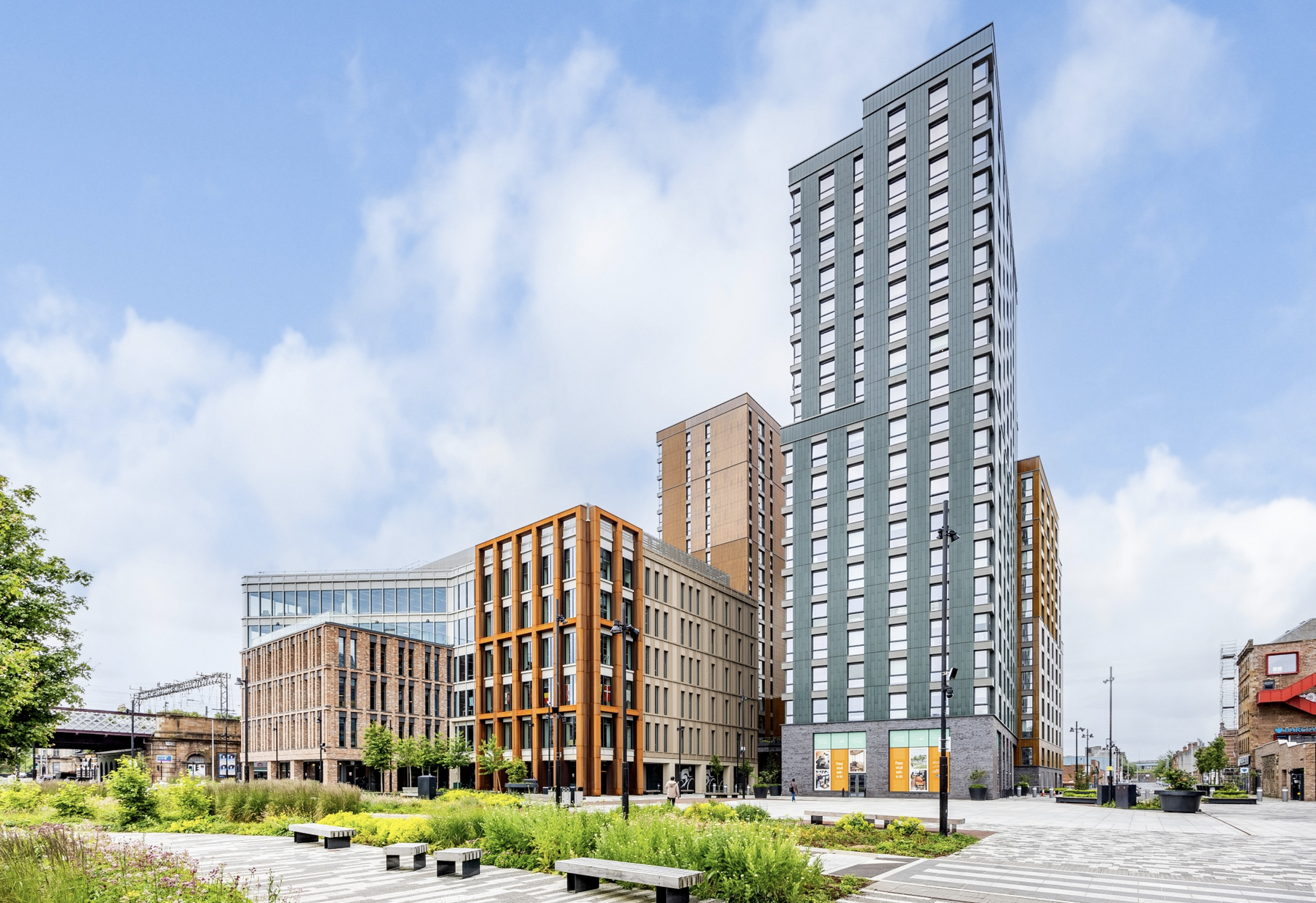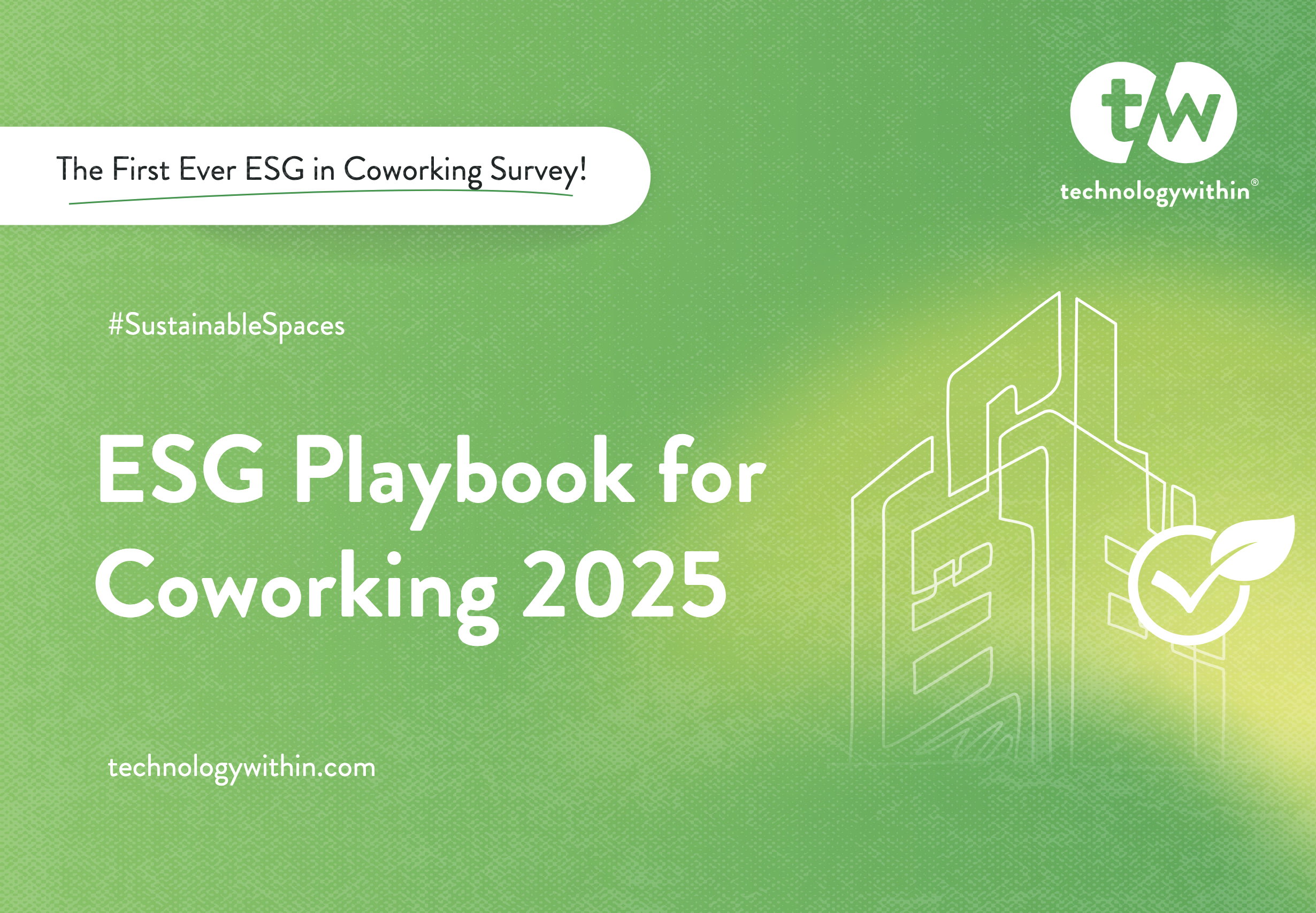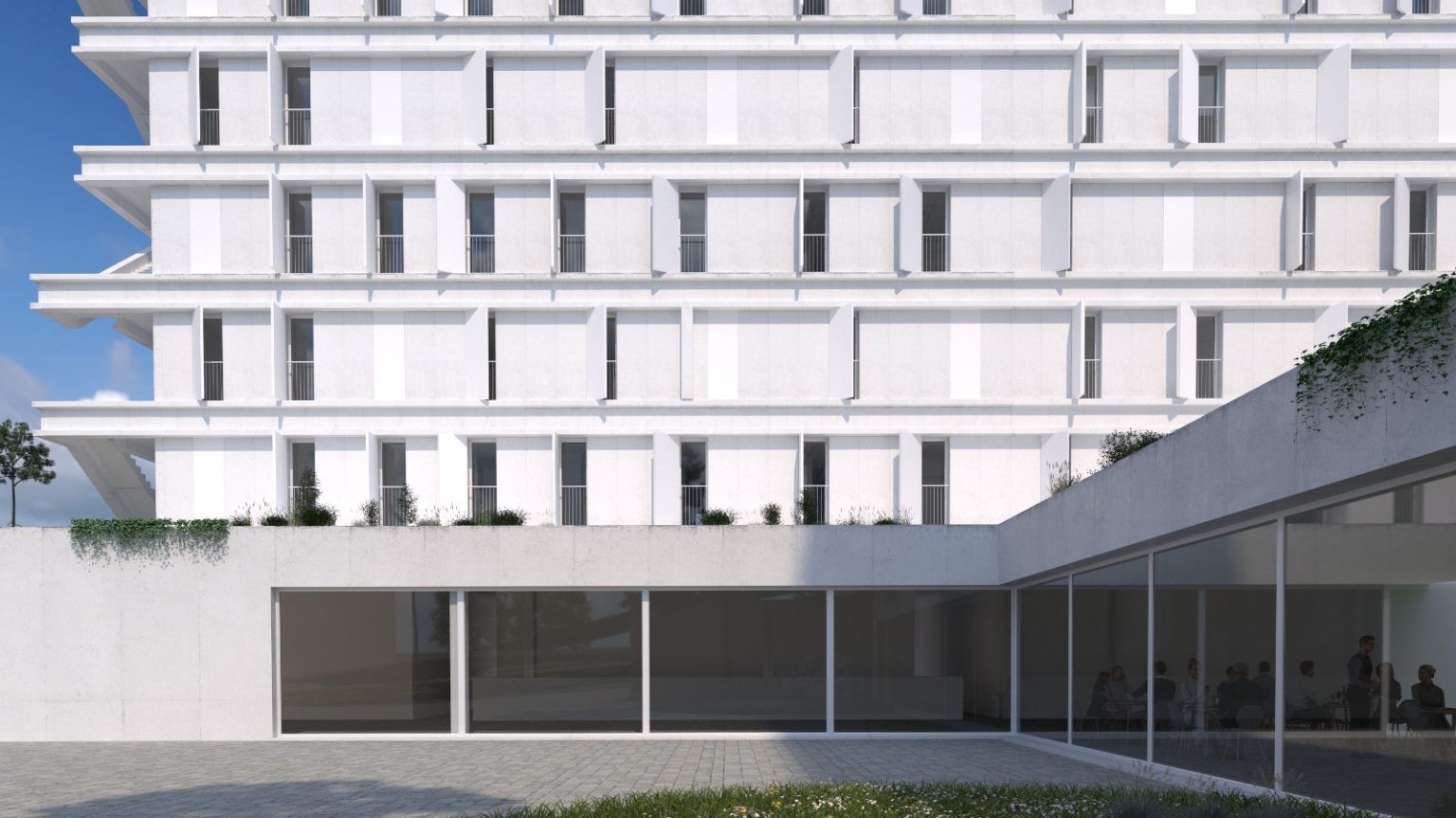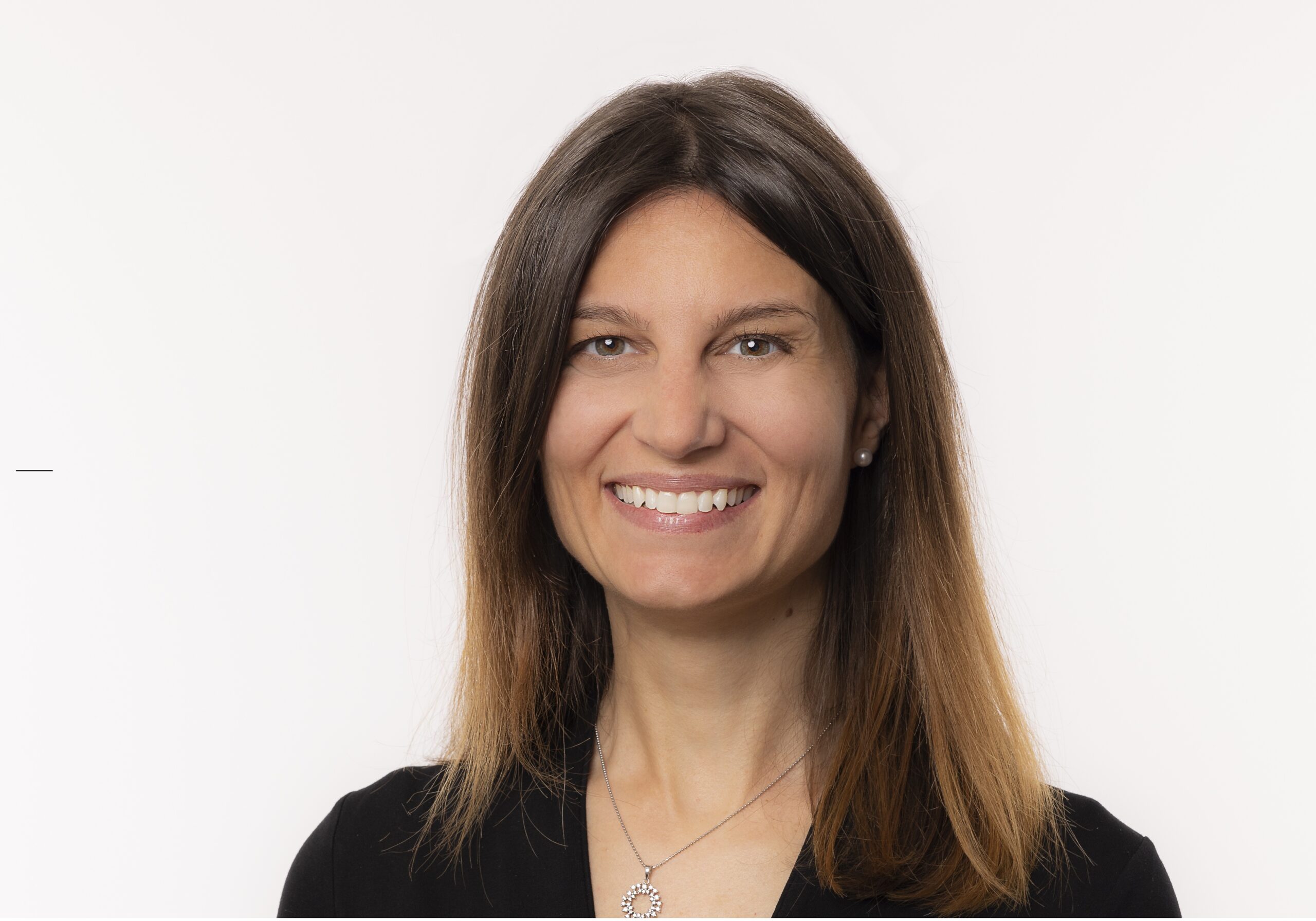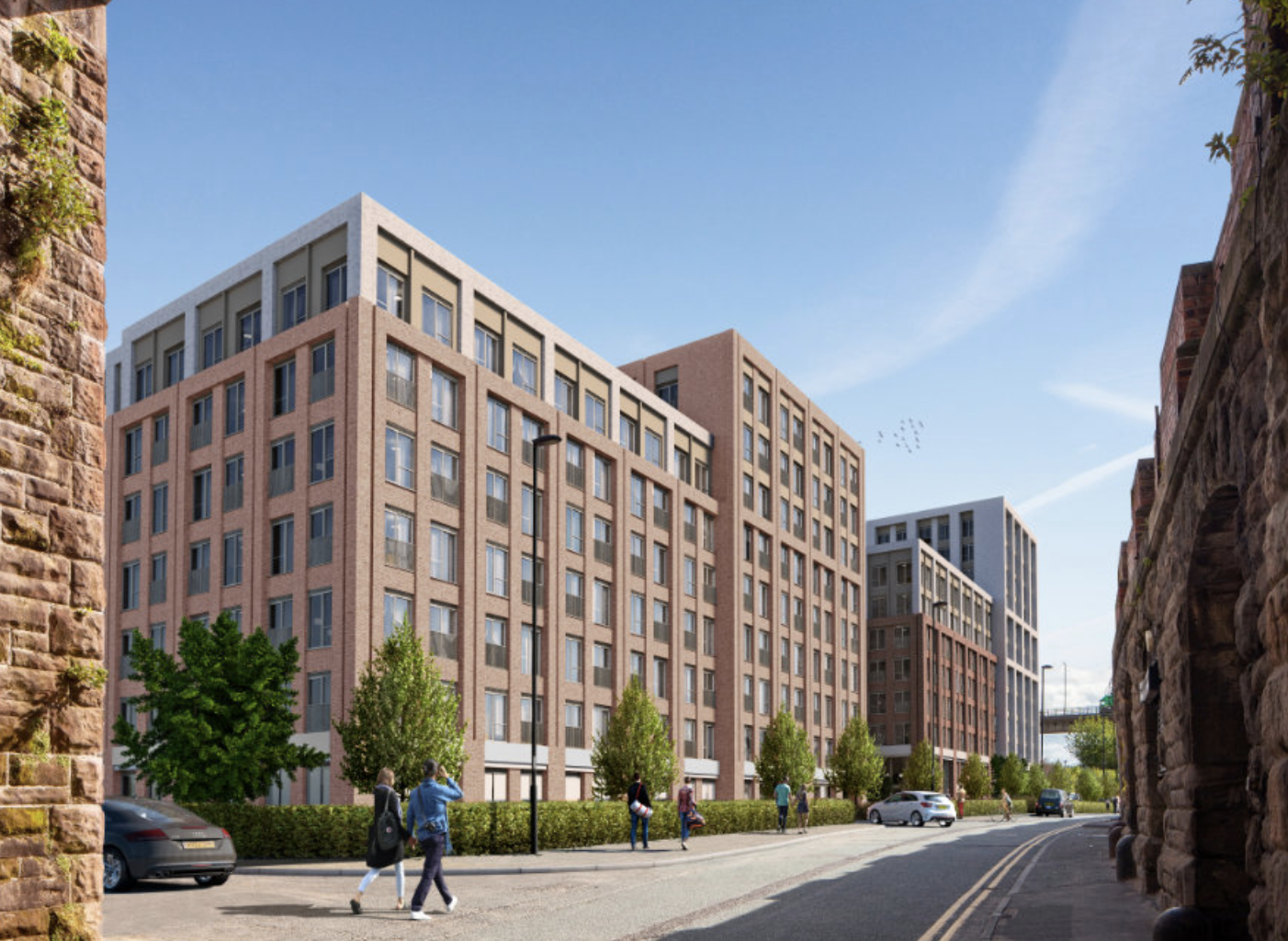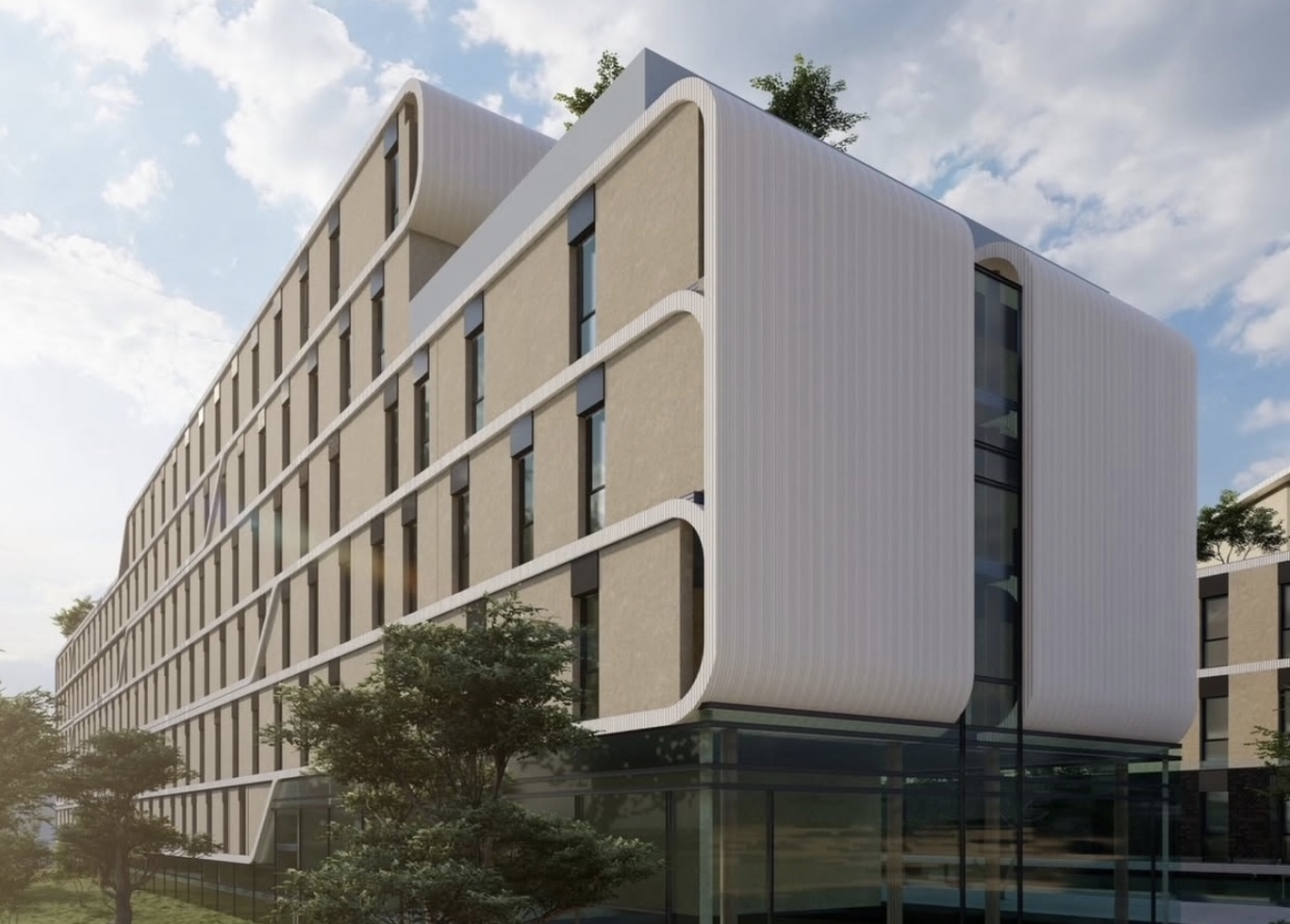US: Global real estate firm has set a target of net-zero operational carbon by 2040.
Operational carbon refers to greenhouse gases that are emitted while operating a building. Hines will seek to accomplish this goal by reducing emissions through renewable technologies, and without purchasing carbon offsets, as it says their benefits can be difficult to quantify.
By heavily investing in sustainable initiatives throughout its portfolio of 1,530 properties in 285 cities across 28 countries, the company is seeking to accelerate its mission to help combat the global climate crisis.
To achieve its science-based goal, Hines will work to reduce carbon throughout its portfolio by electrifying fossil fuel-based systems within its buildings, utilising circular systems principles to reduce energy waste and increase system efficiency, and pursuing onsite and off-site renewables.
Hines is establishing agreements with third-party partners to provide data to track progress on energy consumption and ongoing emissions reductions.
“As the impact of climate change is becoming increasingly integrated into our lives every day, the real estate industry has a responsibility to acknowledge this growing problem and take meaningful action to reduce our collective carbon emissions,” said Jeff Hines, the chairman and co-chief executive officer of Hines. “By seeking to achieve net-zero operational carbon without relying on offsets, Hines wants to raise the bar for sustainability and invest in a plan designed to achieve significant and tangible results.”
Hines has also recently published its 2021 Environmental, Social and Governance (ESG) Report, which highlights actions it is putting into place at properties around the globe.
Featured in the ESG report, Hines highlights some of its current carbon reduction efforts that include case studies on 555 Greenwich in New York and aer in Munich.
555 Greenwich is anticipated to be one of the first office developments in New York City that provides a circular energy infrastructure. It is integrating geothermal piles, thermally active radiant slabs, a dedicated outdoor air system, and a fully electrified heating system. Energy simulations suggest that 555 Greenwich will reduce operational carbon by 45 per cent, electricity consumptions by 25 per cent and save 800,000 gallons of water per year – exceeding the New York City 2030 carbon targets by 50%.
In 2020, the Hines European Value Fund 2 (HEVF2) acquired Fritz9 in Neuperlach, a Munich-area submarket that has become home to several clean-energy businesses. The vision for value creation is an innovative, multi-use office campus that is connected to the city and appeals to business tenants and young professionals. Hines is pursuing a new zoning plan for one of the buildings to move it from 100 per cent commercial to office and residential. Hines is aiming to refurbish and transform the second building on the site into aer, an efficient, high-quality office.
The project team is prioritizing several key ESG initiatives that are in line with the HEVF 2 fund strategy including: refurbishment and use of recycled materials when possible; utilising timber and hybrid construction to reduce embodied carbon; use of geothermal energy and ecological electricity to optimise everyday operations; and implementing interior greenery, as part of the design aesthetic and to naturally enhance air quality and occupant wellbeing. When the refurbishment is complete in 2023, aer aspires to achieve net zero operations. The building will be “smart ready” equipped with smart-metering sensors throughout, and a proprietary app developed by Hines in Germany will enable tenants to measure and manage its energy consumption.



